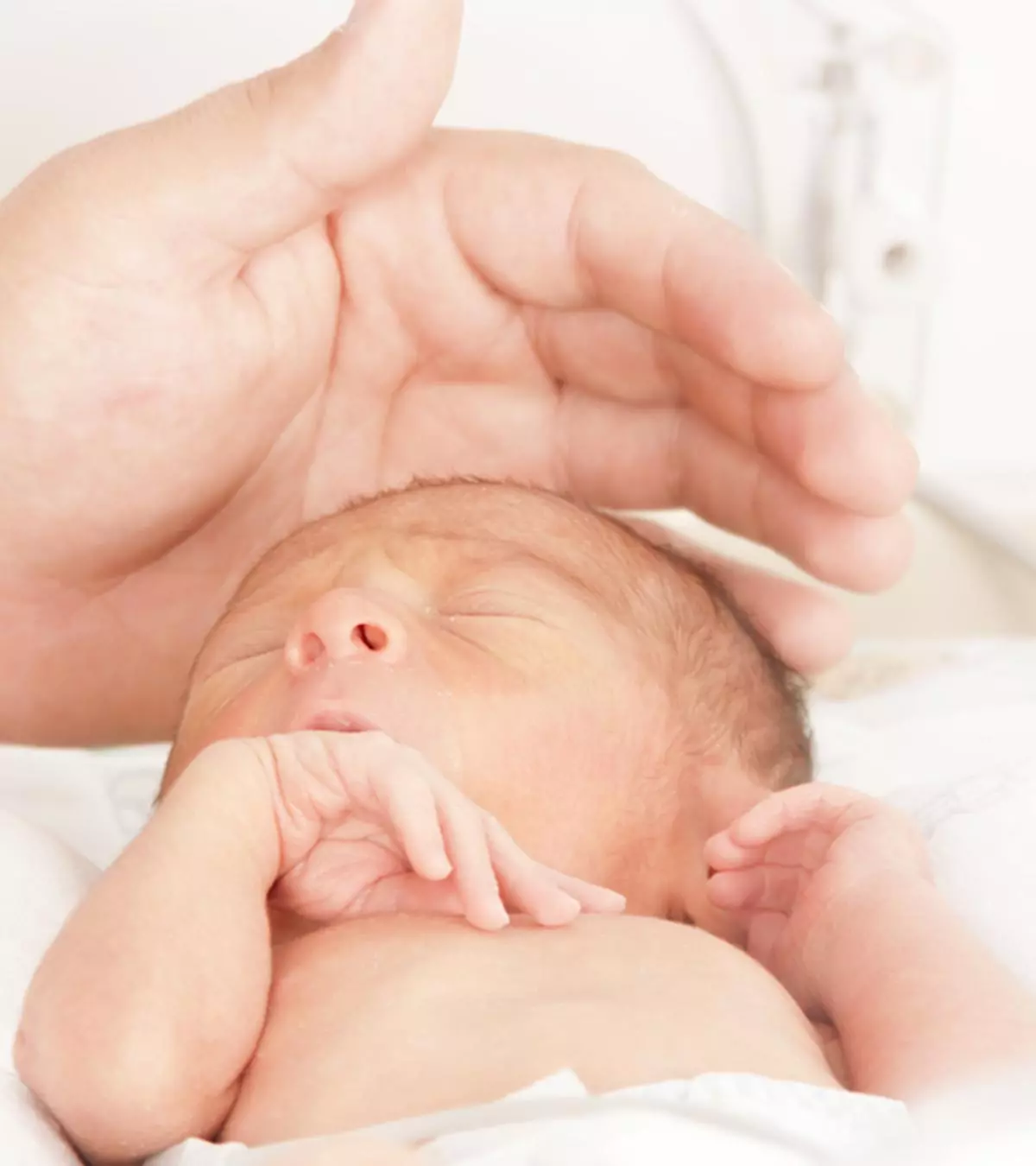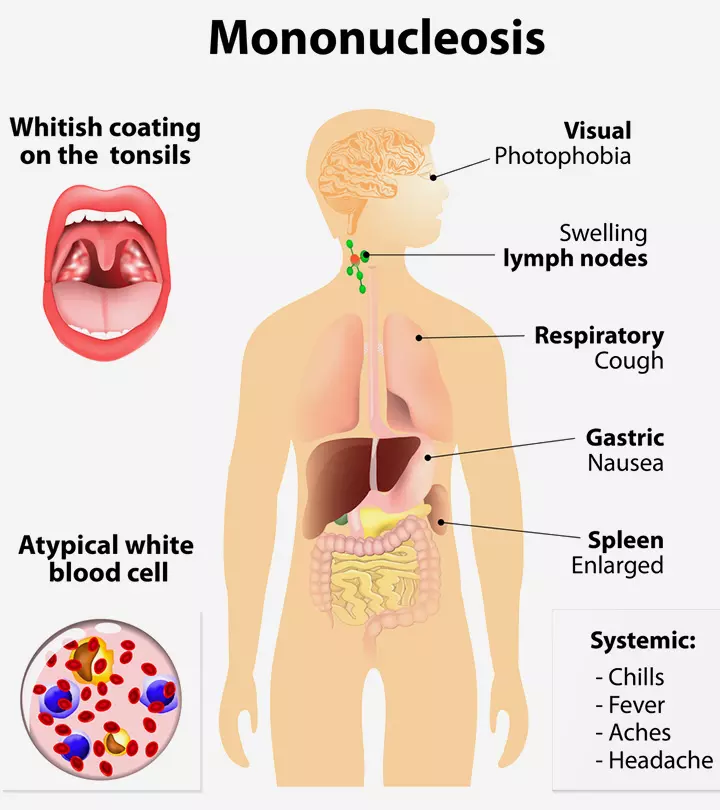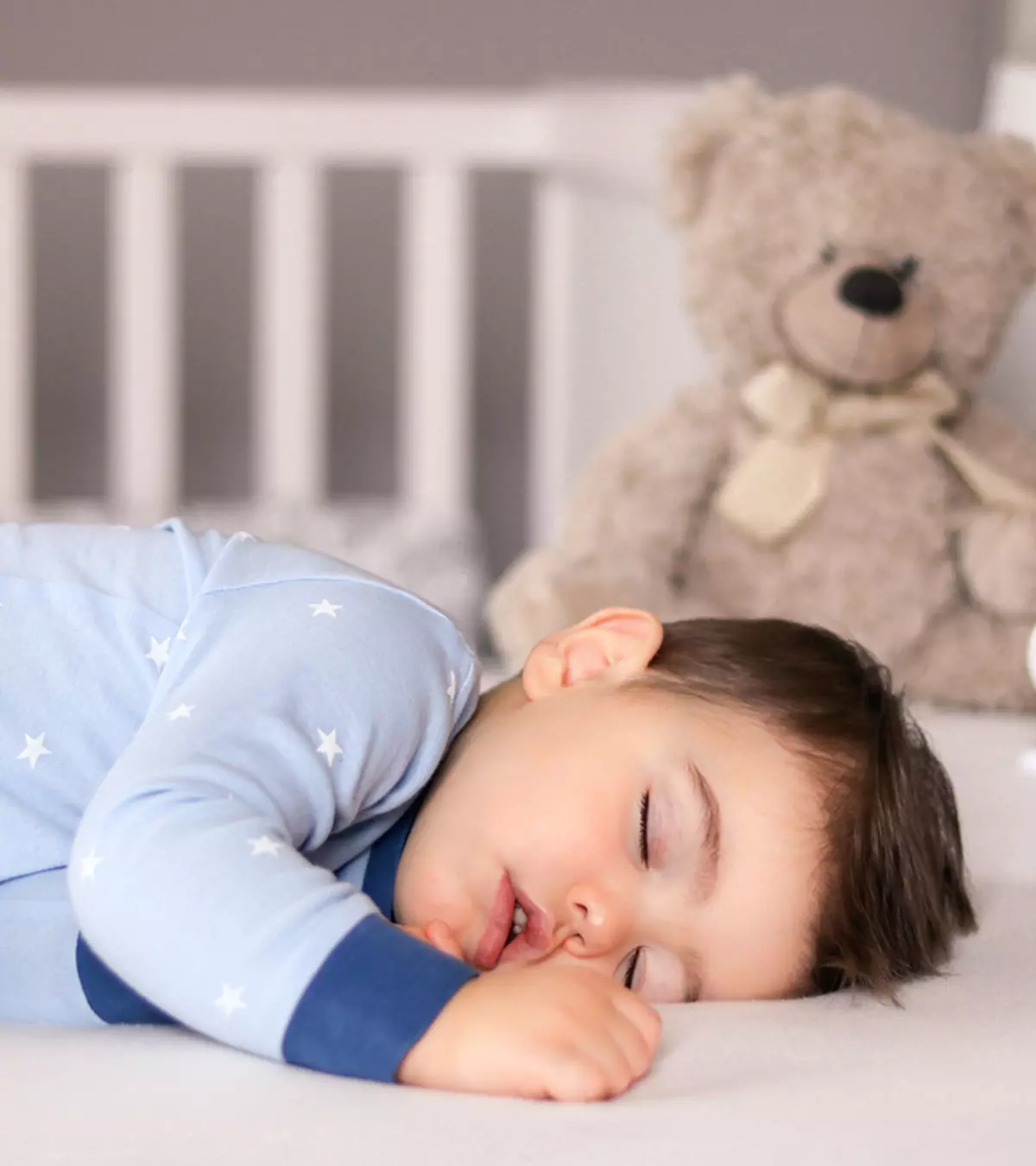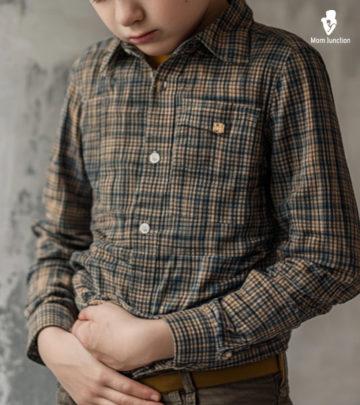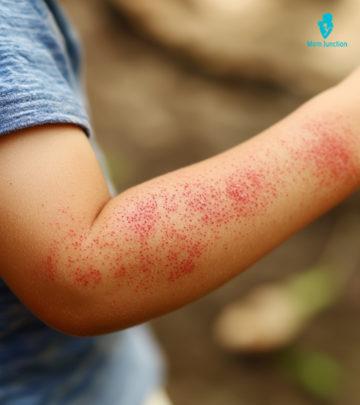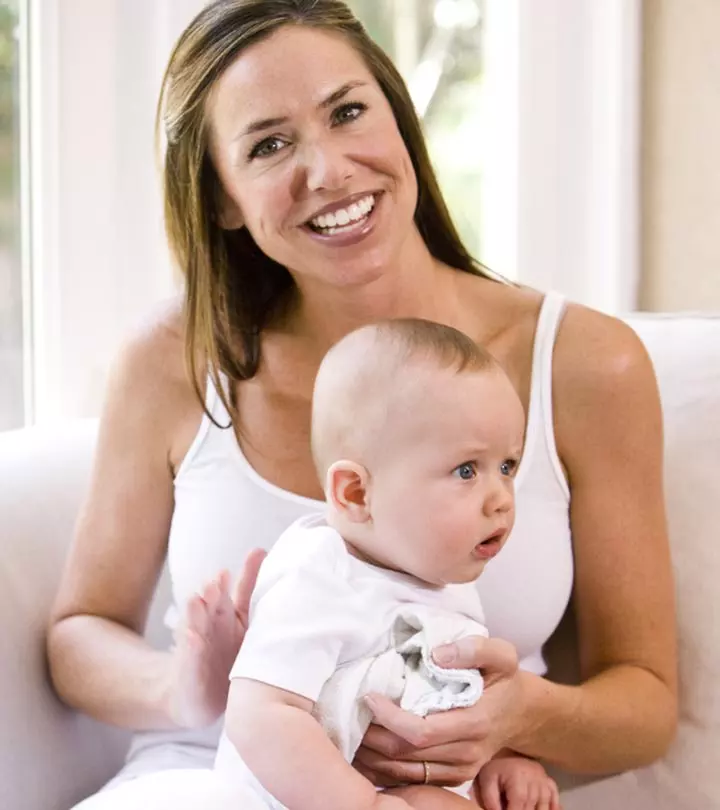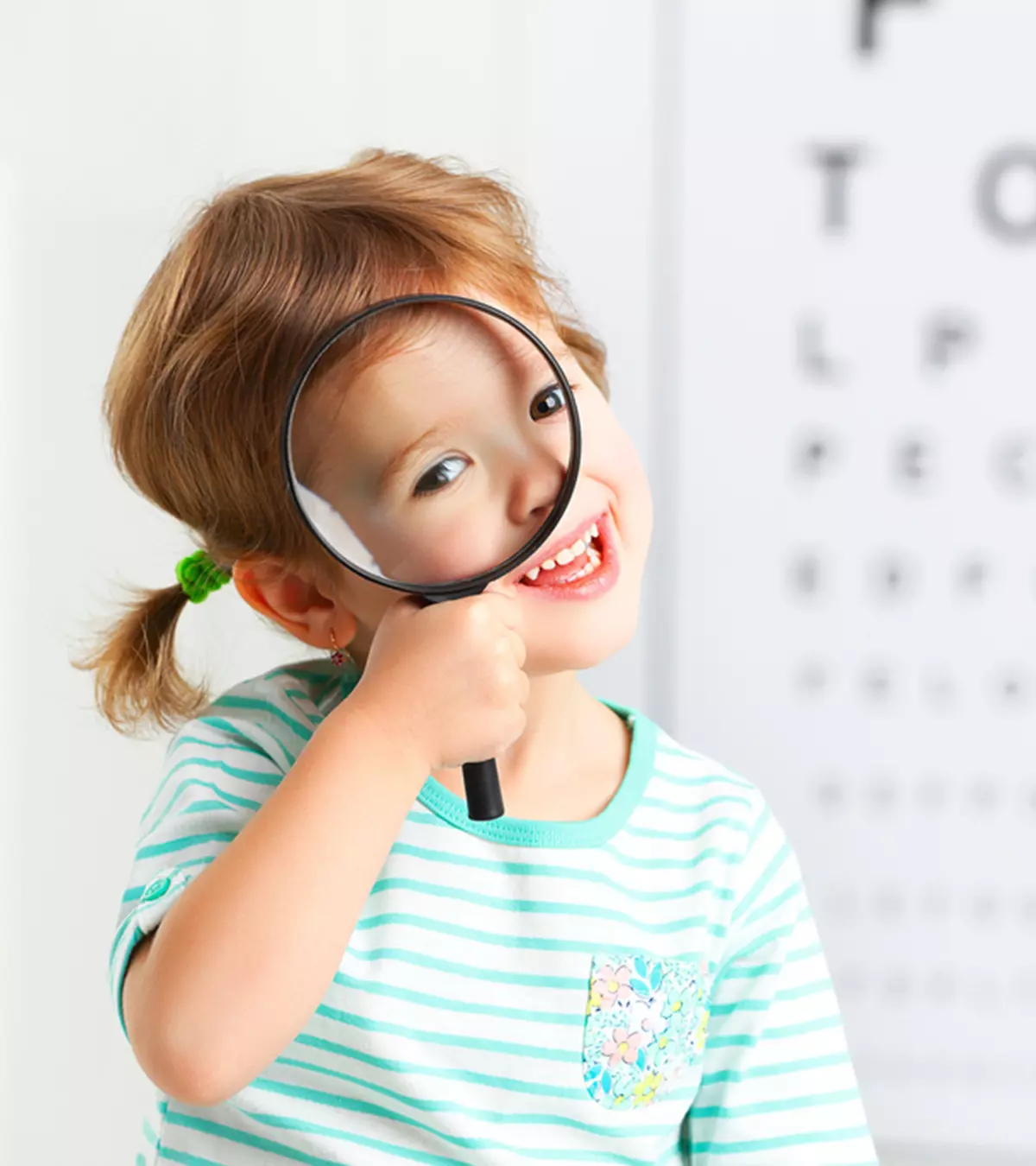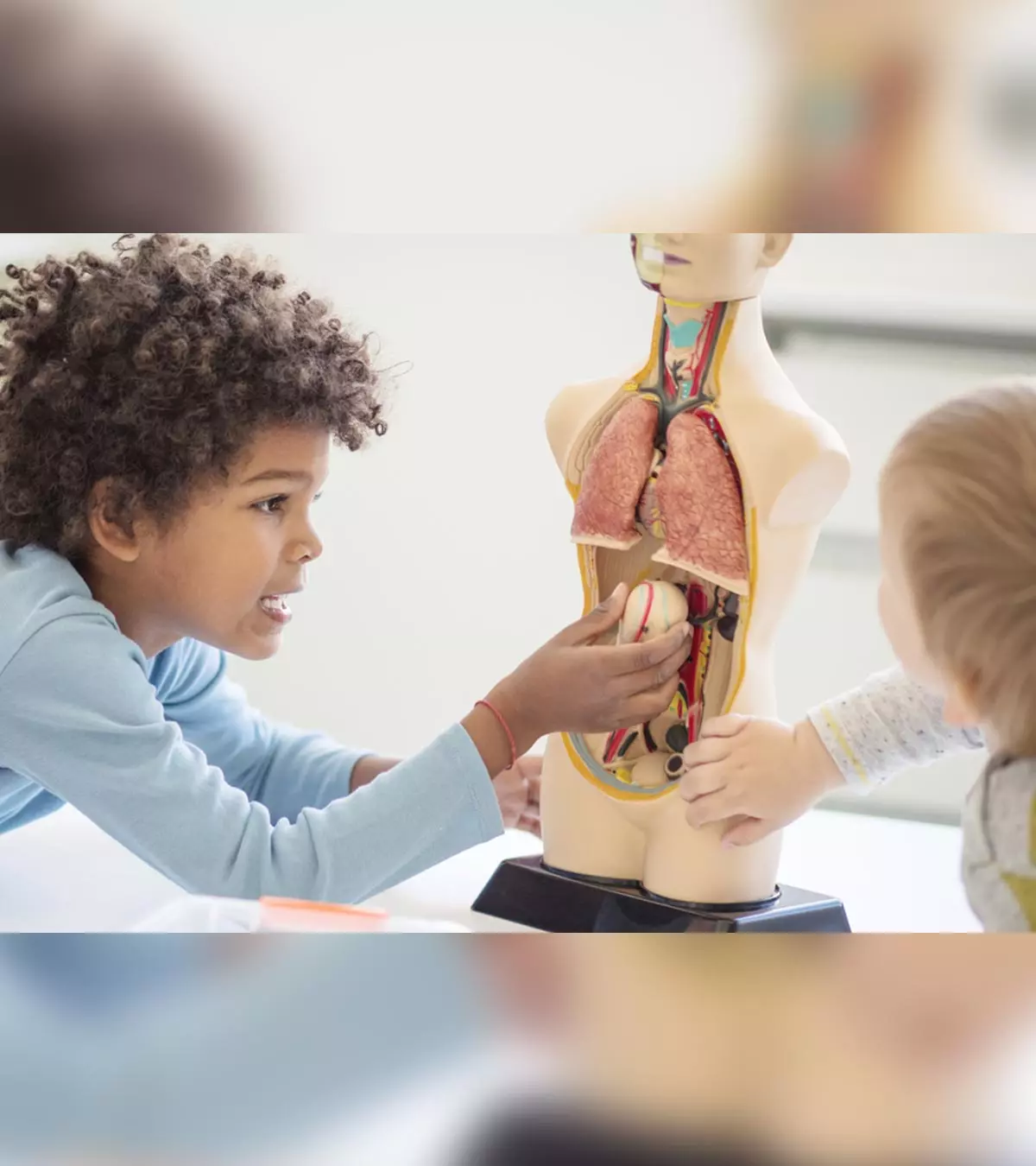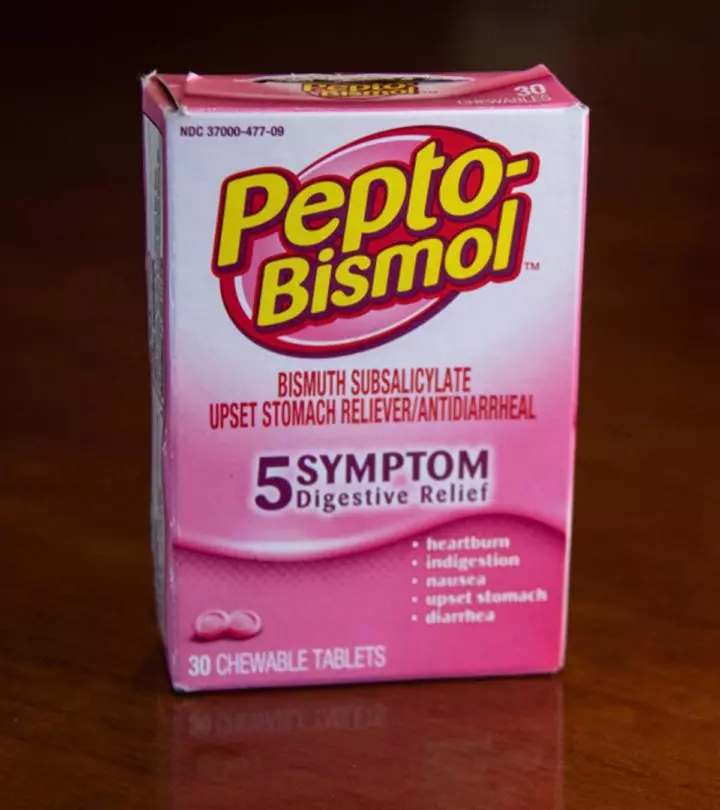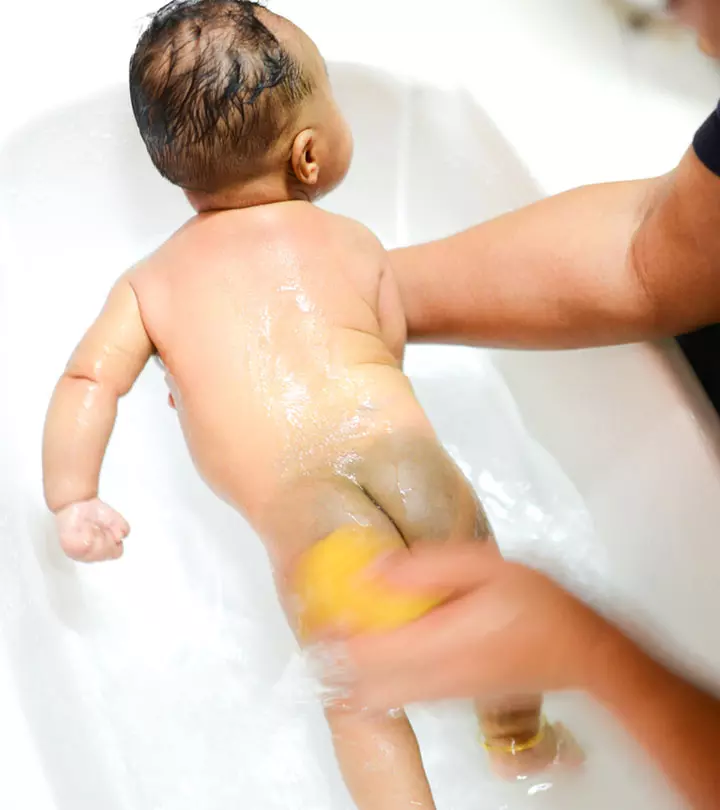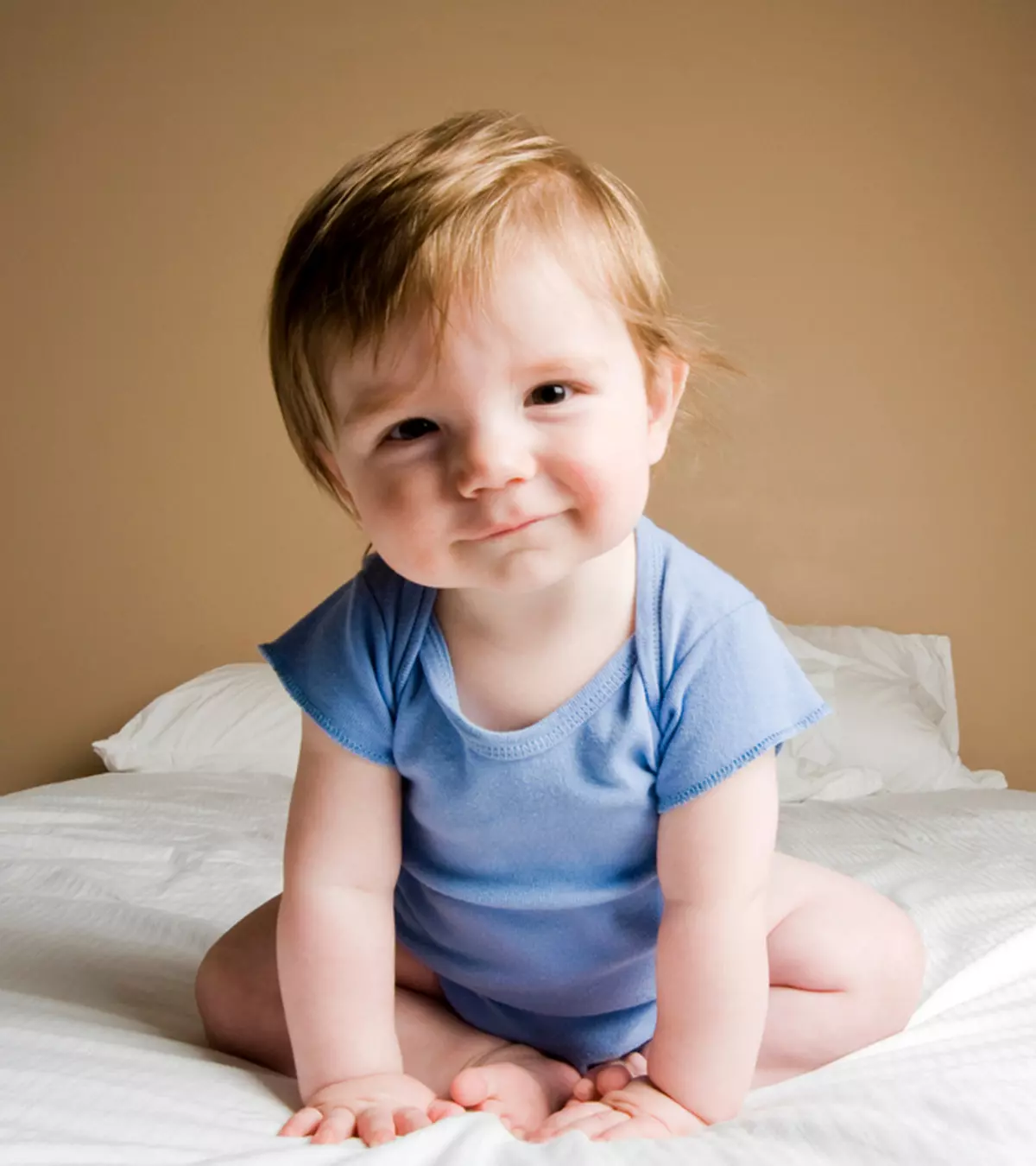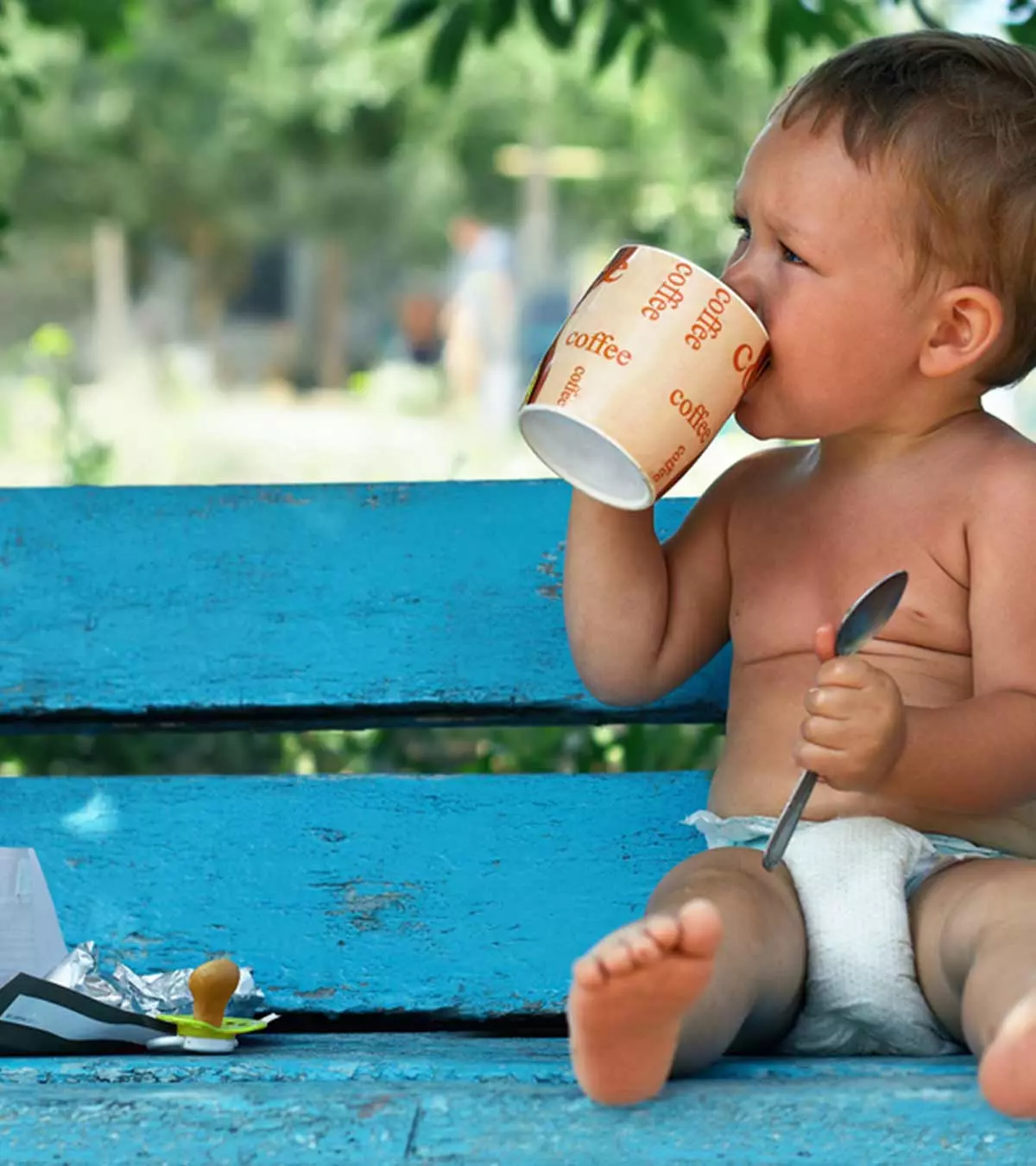MD, DPPS

Maria Carmela Villania-Mamauag is a board certified diplomate of the Philippine Pediatric Society with a degree of Doctor of Medicine from Our Lady of Fatima University, Valenzuela City and a Bachelor in Science in Psychology from Saint Louis University, Baguio City which was augmented by a year of Bachelor in Science in Family Life and Child development at the University of the Philippines, Diliman, Quezon City.
She has worked as a pediatrician in both public and private hospitals in Metro Manila for nine years. She is a mother of two boys, and a proud breastfeeding advocate. She is also working with a group of obstetricians and midwives who advocate water births and VBAC (Vaginal Birth After Cesarean) procedures.
MomJunction believes in providing the most accurate content to its readers. Hence we get our articles reviewed by highly skilled experts in the relevant fields. The articles are reviewed to ensure their authenticity, factual correctness, and relevance. The board members also add inputs drawn from their years of experience. Learn more about our medical review board.
